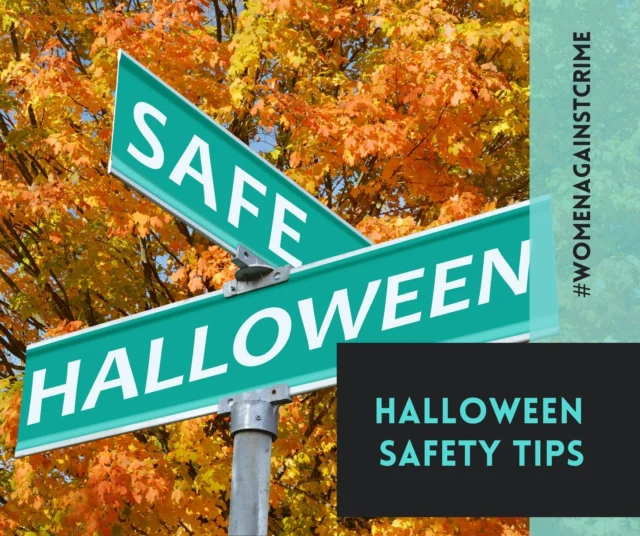When you hear the term “self-defense,” what comes to your mind? Pepper spray, safety whistles, and fighting techniques? It’s true that these are all important tools for defending yourself. But there are two other crucial — and often-overlooked — components of self-defense training: awareness and assertiveness.
Awareness in Self-Defense
Even if you’re trained in specialized fighting techniques, your options are extremely limited if someone sneaks up on you. And you don’t have much time to react. Men already have an advantage over women in a fight because they are physically stronger. Don’t let them have the advantage of surprise as well.
Avoidance is your number one self-defense tool. Being aware of your surroundings gives you a good chance of avoiding a dangerous situation altogether. Criminals can be unpredictable, and there’s no formula that guarantees your safety every time.
Situational awareness lets you use your environment to your advantage in a dangerous situation. It gives you more time to avoid, de-escalate, prepare for or escape an attack. Developing good situational awareness takes time and practice, but you can start with three simple things:
1. Stay off your phone. Use your full range of vision to take in your surroundings. Note who is around and where possible exit paths are.
2. Don’t wear headphones. Your ears can take in a lot of information. Your peripheral vision only goes so far, and you need to hear if someone is coming up behind you.
3. Make eye contact. Let potential attackers know that you see them. This tells them they’ve lost any element of surprise they thought they had.
Assertiveness in Self-defense
Attackers are typically looking for easy victims that won’t put up much of a fight. Assertiveness can deter an attacker before he attacks. It shows him that you’re not going to be an easy victim.
Walking confidently is a good way to look like someone who would fight back. The way you walk says a lot about you as a person. Attackers know this and are less likely to target someone walking confidently. By making eye contact this also indicates to the potential threat you’re not an easy target.
If avoidance isn’t possible, being verbally assertive is important. This means clearly communicating your boundaries. And, if necessary, raising your voice and telling the individual and others around you to, GET BACK! This warns the attacker that you’re not going down without a fight. It can also alert others around who may be able to help. A potential attacker may not want to risk attention, so getting loud could deter him or her from invading your personal space.
Work With Us
If you’re ready to learn these crucial elements of self-defense, we’re ready to teach you. Women Against Crime offers one-on-one training or group classes. We believe every woman should be ready and empowered to live more safely in the world. Contact us today to get started.




















